"My most profound memory is being a liberation soldier to carry out Uncle Ho's call "nothing is more precious than independence and freedom, I would rather sacrifice everything than lose my country, than become a slave".
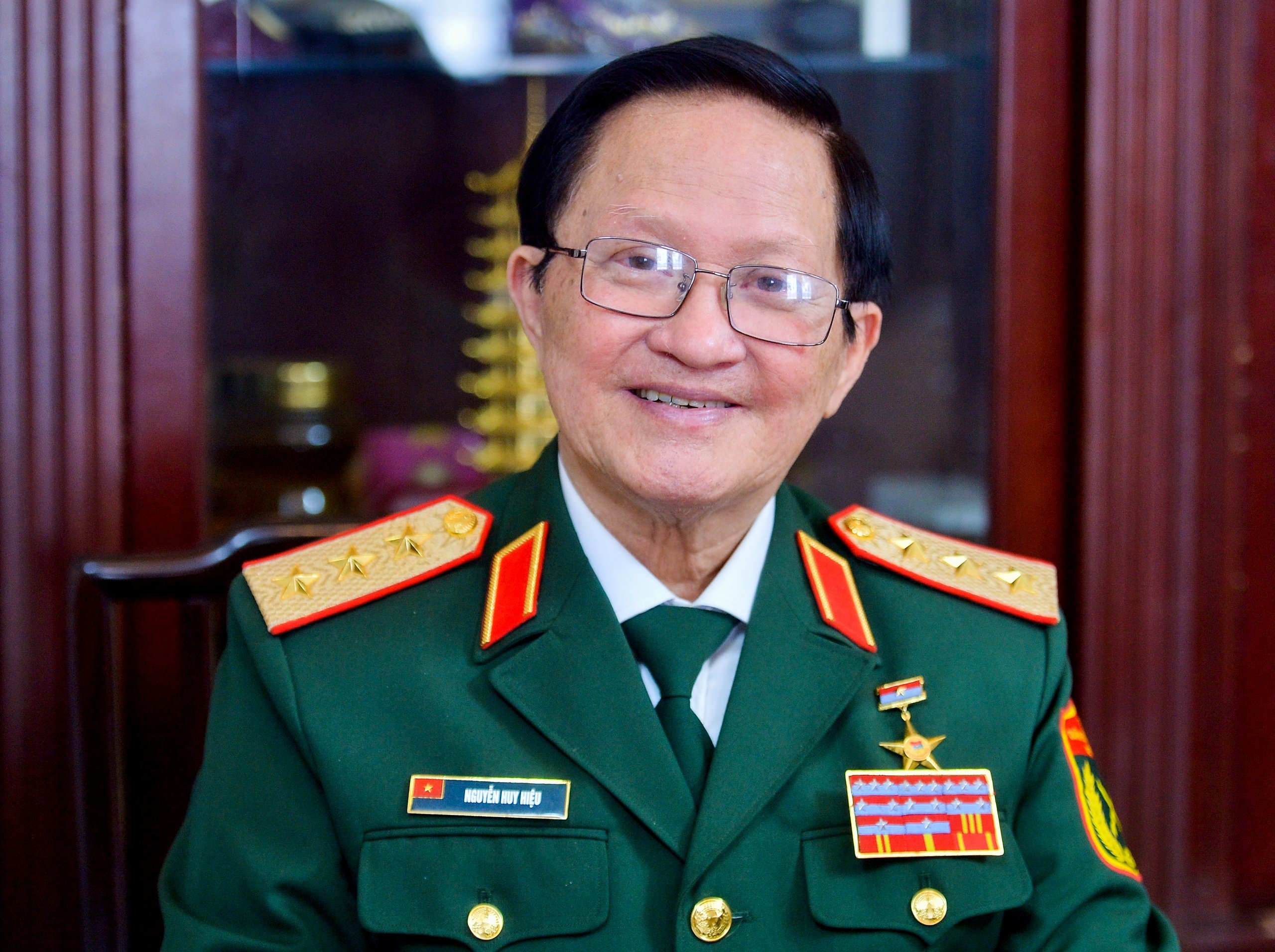
Senior Lieutenant General Nguyen Huy Hieu, former Deputy Minister of National Defense
PHOTO: DINH HUY
"When we were young, we joined the fight with great confidence, contributing to bringing independence to the nation. That is the ideal that I have pursued all my life," Senior Lieutenant General Nguyen Huy Hieu, former Deputy Minister of National Defense, shared when talking to Thanh Nien reporter.
Putting his teacup down on the table, Senior Lieutenant General Nguyen Huy Hieu said that in February 1965, when he was just 18 years old, following the sacred call of the Fatherland, the young man from Hai Hau (Nam Dinh) joined the army.
During the fighting, Mr. Hieu participated in four major campaigns: the 1968 Mau Than campaign, the 1971 Route 9 - Southern Laos campaign, the 1972 summer campaign and especially the 1975 Ho Chi Minh campaign.
The 1,700 km march south
During the historic Ho Chi Minh campaign, on March 31, 1975, in Hanoi, General Vo Nguyen Giap, Minister of National Defense, directly assigned the task to the Quyet Thang Corps: all forces of the Corps (except the 308th Infantry Division remaining in the North) were to move quickly to the Southeast region to prepare with other troops to attack and liberate Saigon - Gia Dinh.
From the Northern rear, through a continuous "lightning-speed" march for 12 days and nights, the majority of the force and technical weapons of the corps, including 2,000 transport vehicles, various types of technical weapons, and over 31,000 officers and soldiers, traveled a distance of 1,700 km, in difficult and fierce conditions, through many complex terrains, harsh weather, and were present at the correct combat assembly location according to regulations, ensuring time, secrecy, safety, and combat readiness.
This was the longest, shortest, and largest march in the history of the Vietnamese military. At that time, Mr. Hieu was the Commander of Regiment 27, Division 320B, Corps 1, Quyết Thắng Army Corps. Mr. Hieu directly commanded 3,000 people. To this day, more than 50 years have passed, but he still remembers that historic march clearly.
He said that when Regiment 27 was working on the construction site of the Day River dike and flood diversion project in Yen Mo district, Ninh Binh province, it received an order from the division: "The regiment organized an urgent mobile march from the position to receive combat missions."
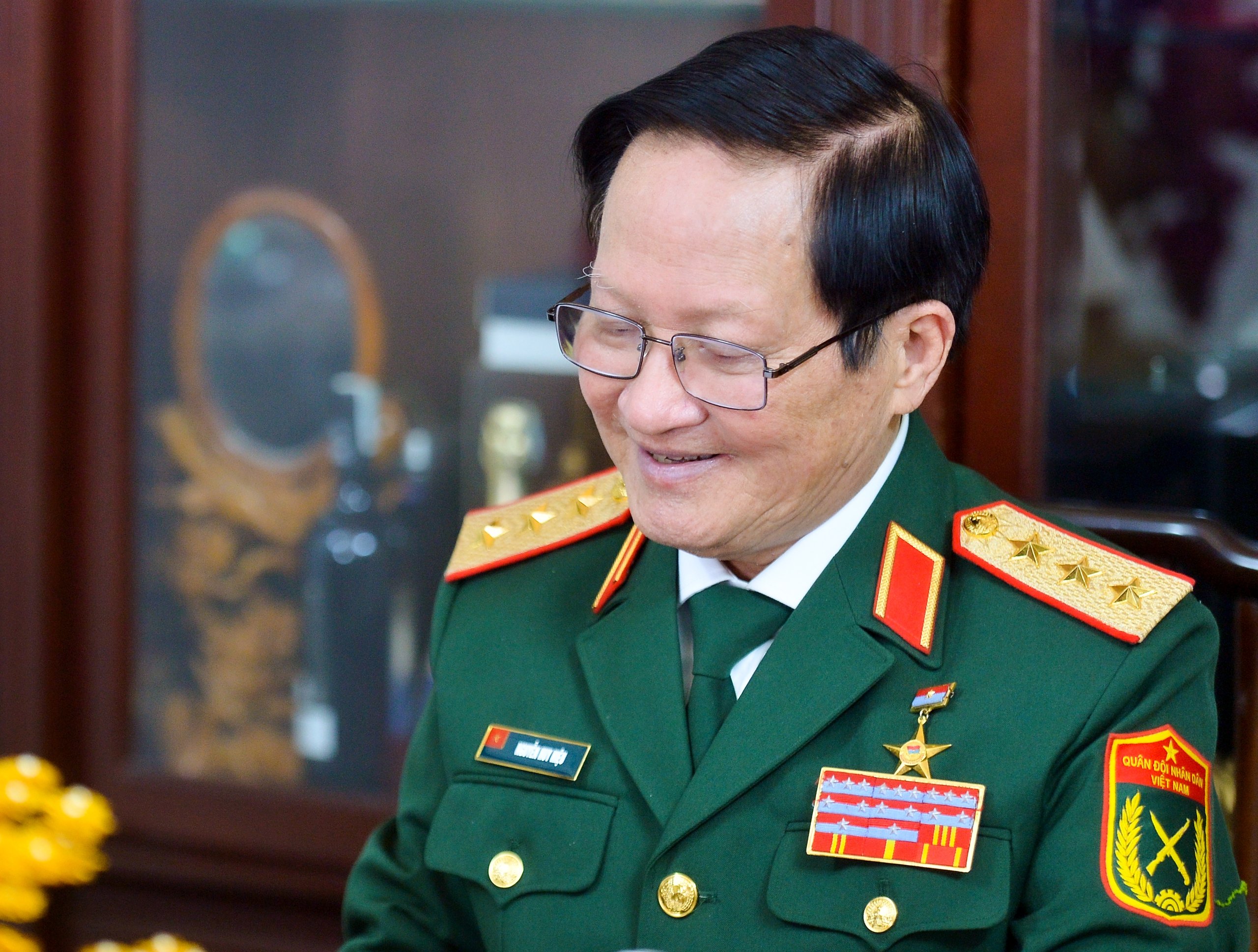
Senior Lieutenant General Nguyen Huy Hieu recalls the 1,700 km march
PHOTO: DINH HUY
Immediately, the news of the regiment's departure for battle spread quickly throughout the construction site, and the soldiers quickly prepared their military uniforms to go to battle. The regiment commanded by Mr. Hieu marched along the Western Truong Son road, to the assembly point at Dong Xoai, preparing for the Ho Chi Minh campaign.
He recounted that at that time, it was the dry season, dust was flying everywhere, enemy planes were constantly flying overhead, there were sections where the vehicles behind were only 5-7 meters away from the vehicles in front but they could not see each other because of the dust. The soldiers ate dry rations and roasted rice, their hair and clothes were covered in red dust but no one complained or showed any signs of fatigue.
Convoys of vehicles carrying troops, goods, tanks, and armored vehicles headed south, overloading the Truong Son road. Many convoys got stuck at Ang Bun Pass.
However, during that difficult time, Mr. Hieu and his comrades received a telegram from General Vo Nguyen Giap via 15W: "Fast, faster! Bold, bolder! Seize every minute, every hour, rush to the South! Fight decisively and win completely! - signed Anh Van".
"After receiving the telegram, I informed all the soldiers of the unit (about 3,000 people) to wake them up, forget all their fatigue and continue marching to Dong Xoai, ready for the final battle," Senior Lieutenant General Nguyen Huy Hieu recounted, adding that the march took place over 12 days and nights.
On April 14, 1975, Regiment 27 was present in Dong Xoai, about 50 km from the enemy. Every day, the enemy still sent planes to bomb to block our progress.
The map showing the way for the army to attack Saigon
On the morning of April 26, the campaign began, with the 27th Regiment attacking Tan Uyen (Binh Duong). Having completed its mission in Tan Uyen, the regiment moved along the red dirt road through Binh Chuan, stopping at Bung intersection, preparing to attack the enemy in Lai Thieu (Thuan An City, Binh Duong) on April 29.
General Hieu recalled that at the Bung crossroads, according to the front's agreement, if he gave the secret order "Ho Chi Minh, Ho Chi Minh, Ho Chi Minh" and the other side responded "long live, long live, long live!" then this was our secret base.
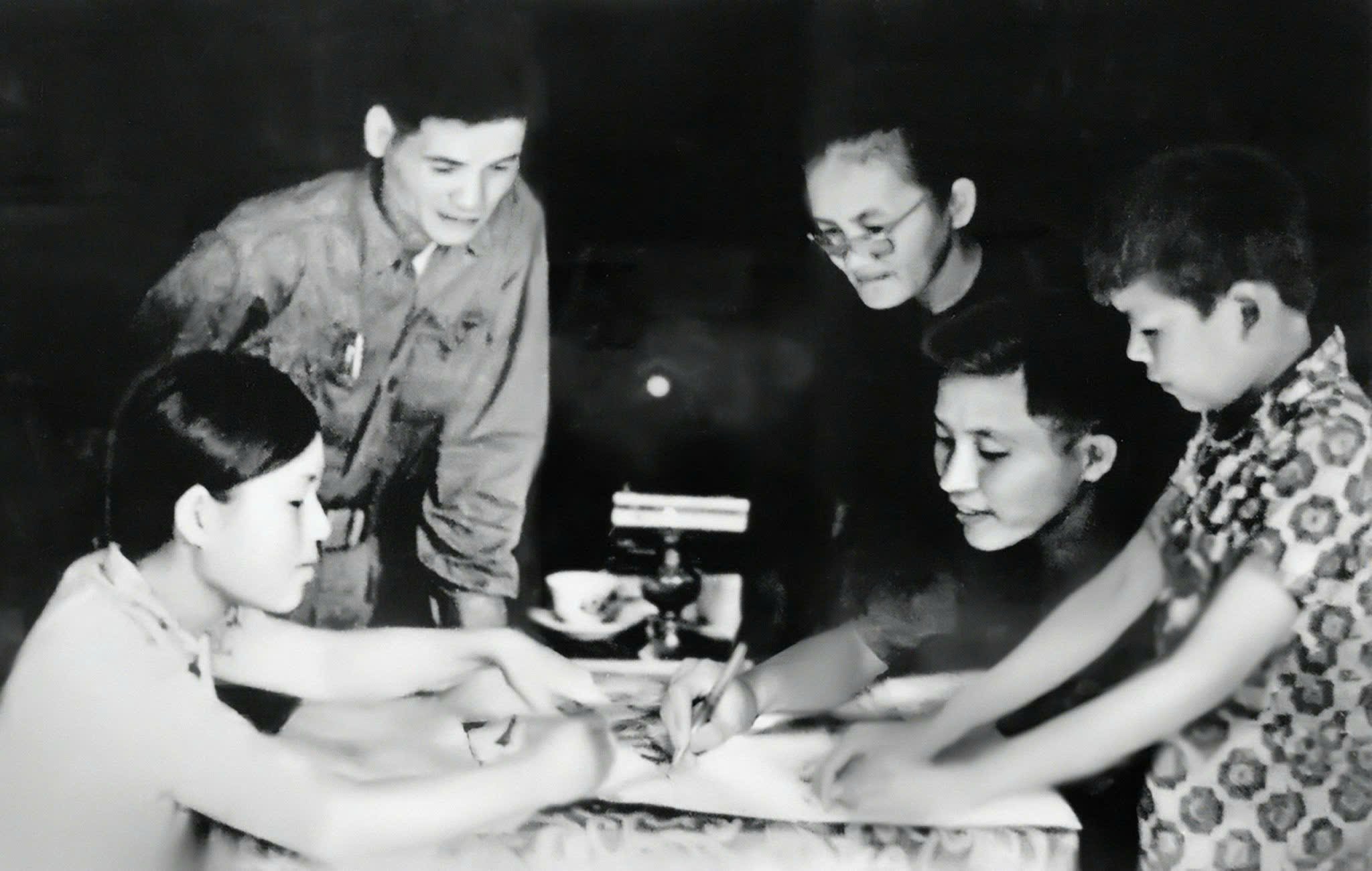
Mr. Hieu (second from right) in Mrs. Sau's house
PHOTO: NVCC
At around 7:00 p.m. on April 29, Mr. Hieu and Mr. Trinh Minh Thu and the reconnaissance team discovered a simple thatched house in the Bung area (Binh Duong) with a dimly lit oil lamp. They assumed this was our base so they approached to inspect.
Approaching the house, Mr. Hieu gave a signal. A moment later, a woman opened the door and replied "long live!". There, Mr. Hieu met Mrs. Huynh Thi Sau (commonly known as Sau Ngau, a French teacher in Saigon). In Mrs. Sau's house, there was a simple table with a lit oil lamp on it, and at that time, Phuoc and Duc, her children, were sitting next to her.
Mr. Hieu told his mother: "I am the commander of the South Vietnam Liberation Army. Our mission is to follow Highway 13. Tomorrow, April 30, we will attack Lai Thieu, capture Vinh Binh Bridge, and capture the enemy's Armored Command Headquarters in Go Vap to open the way for the main army to attack the main targets."
Then Mr. Hieu showed the command map to Mom. At that time, Mom was wearing white glasses. She looked at it and said she was not familiar with the map. Mom went into the room and took out a map of Saigon, with the enemy's defensive positions marked.
Only 5 km away from here, there was Huynh Van Luong camp, a base with about 2,000 non-commissioned officers and a colonel named Hinh in command. "Tomorrow morning, you don't need to fight, just call for surrender," Mr. Hieu repeated his mother's words. When the enemy surrendered, continue to attack through Lai Thieu, and capture Vinh Binh bridge - this was the enemy's last line of defense to block our advance into the inner city.
"I asked again, Mom, is there any other way to get to Saigon? Mom said there was only Lai Thieu railway but tanks couldn't go there, only infantry could. Mom said, tomorrow morning her whole family would go with her, but I said, 'The children are still young, there are Miss Hai My and Sau Chau and the unit leading the way.' We will liberate the South and then come back to thank you and our people. Mom agreed," Mr. Hieu remembered every word in the conversation with Sau's mother.
From the map and instructions from Mrs. Sau Ngau, Mr. Hieu and the officers in the unit immediately made a plan to enter Saigon at night. At 4:30 a.m. on April 30, Mr. Hieu commanded our troops to attack with a mechanized formation and "call for surrender". Indeed, 2,000 people at Huynh Van Luong camp surrendered.
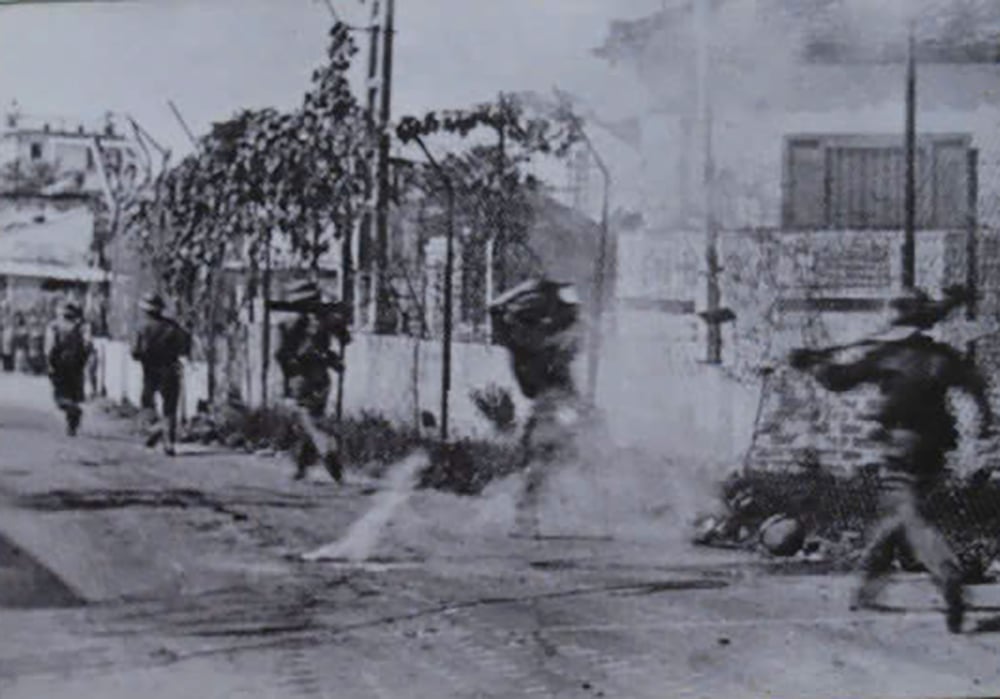
The 27th Regiment attacked and liberated Lai Thieu.
PHOTO: NVCC
At Lai Thieu, Mr. Hieu planted a battalion to penetrate deep into the enemy's heartland. Our troops burned 3 tanks and captured the commander. The "deadly defense" line that the enemy had placed great hope in blocking our attacks was smashed, and the northern door to Saigon opened wide.
At 9:00 a.m. the same day, Mr. Hieu and his teammates arrived at Vinh Binh Bridge, 10 km from Saigon. At Vinh Binh Bridge, a fierce battle took place when the enemy was clustered together to defend, their tanks were countless, our army had to use 37mm artillery to pin down the enemy.
At this time, Lieutenant Hoang Tho Mac Dai's tank was broken, so he went down to command the B40 and B41 fire, burning 3 tanks to help our army capture Vinh Binh bridge, but unfortunately he was seriously injured.
"At that time, I told my brothers to put Mr. Mac on the car to enter Saigon together. When the road was clear, the army rushed into Saigon. By 10 a.m., we had captured the Armored Command Headquarters and 13 army bases, taken over the General Hospital of the Republic (now Hospital 175), and captured Brigadier General Pham Ha Thanh, Director of the enemy's Military Medical Department," said Mr. Hieu.
After that, the regiment contacted friendly units to continue attacking targets in Saigon city.
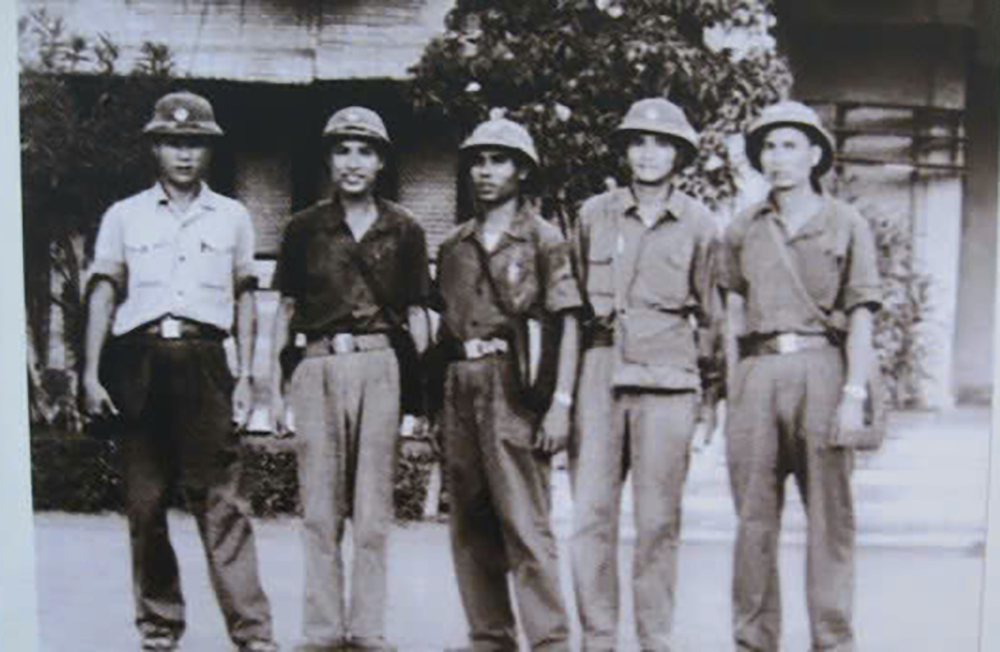
The 27th Regiment Command at the house of the commander of the Armored Command of the Saigon puppet army
PHOTO: NVCC
After the enemy announced their unconditional surrender, a sea of people poured into the streets, the streets were filled with flags and flowers. "I will never forget the image of people along both sides of the street waving flags and cheering, everything seemed to explode. That was the happiest and most beautiful day of the nation when we fulfilled Uncle Ho's teaching "fight to drive the Americans out, fight to overthrow the puppet regime, North and South reunite, what spring is happier than that", Mr. Hieu recounted with pride in his eyes.
Keeping his promise to Mrs. Sau, the next day Mr. Hieu and his teammates organized a visit to thank her and the people. Along both sides of Lai Thieu Street, the people waved flags and flowers to welcome them and gave them lots of fruits.
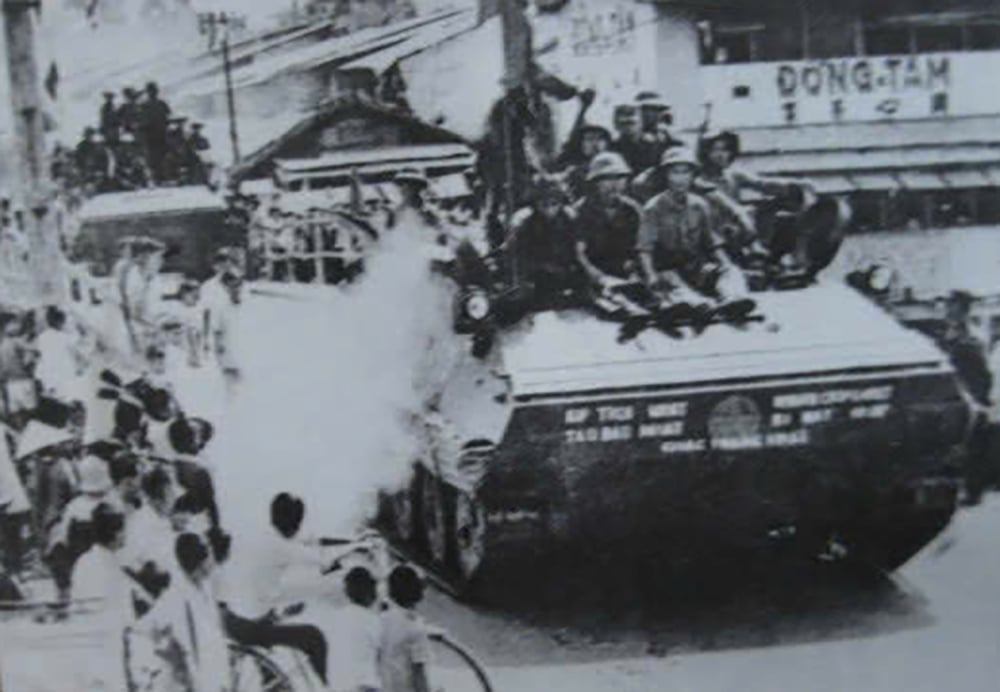
Lai Thieu people welcome the army liberating their homeland
PHOTO: NVCC
After the country's reunification, Mr. Hieu returned to Lang Son and went to Russia to continue his studies, then held many important positions in the army, the highest being Deputy Minister of National Defense.
Commemorating the achievements of General Vo Nguyen Giap
During the campaign, he had the opportunity to meet talented generals of the Vietnamese people such as General Vo Nguyen Giap, General Van Tien Dung, General Le Trong Tan...
In particular, Mr. Hieu never forgot the memory of directly reporting to General Vo Nguyen Giap after destroying the mechanized infantry group in Sap Da Mai (Quang Tri), contributing to defeating General Abrams' "wild buffalo" tactic.
"This was the first time I met General Vo Nguyen Giap so I was very nervous. When I walked in, the general asked, "Have you prepared the battle report?" I replied, "I have finished preparing." The general continued, "No need for that report. Look at the map and tell me how the enemy is, how we are, and how you commanded the battle to win," Mr. Hieu recalled.
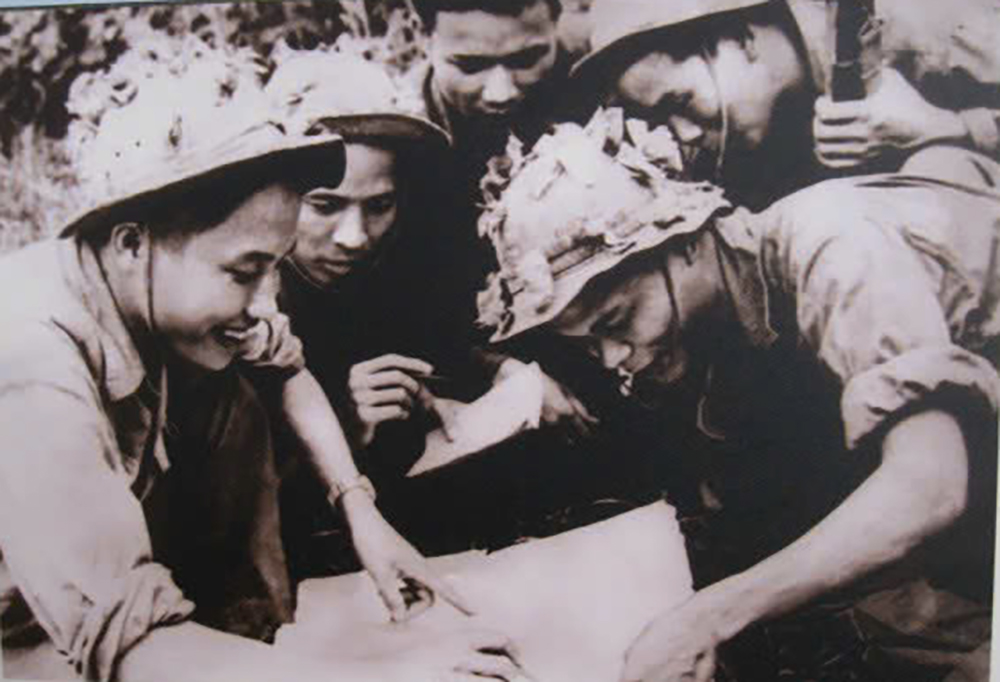
Mr. Hieu (left cover) and his teammates are determined to destroy the enemy in Sap Da Mai.
PHOTO: NVCC
I continued: "General, the enemy's tactic is to use tanks to sweep during the day, combined with aircraft firepower in the air and artillery on the ground to destroy the liberation army. At night, they will return to an area that can protect the entire force. Each company will form a cluster of about 16-17 tanks. In front of each tank, the Americans will bulldoze the ground to prevent our B40s from firing. Along with that, there will be steel wires blocking the front, so our firepower will be blocked and cannot hit the tanks."
After 4 days and nights of observation to understand the rules, Mr. Hieu commanded the unit not to attack from the outside but to send the company deep into the enemy's rear. On the night of April 4 to the morning of April 5, 1970, Mr. Hieu sent 3 platoons deep into the enemy's rear, only about 30 meters from the American mechanized infantry group. Thanks to the method of attacking deeply, attacking from behind, and inside the enemy's heart, the enemy was surprised, reacted very poorly, and was destroyed in a very short period of time.
At about 3:30, through the light of the flare, Mr. Hieu counted 16 tanks and ordered his comrades to shoot down the command vehicle. The remaining platoons attacked simultaneously. Within 15 minutes, we destroyed 8 tanks, and in the next 30 minutes, we destroyed 8 more, completely dominating the battlefield.
The next morning, the three companies dispersed into the forest without withdrawing immediately for fear that the enemy would fire artillery to block their retreat. Only at night did the unit retreat.
"After I finished my presentation, General Vo Nguyen Giap smiled and praised me. The General said, the best fighter is the one who wins with few casualties. I have carried that saying with me throughout my military career," Mr. Hieu proudly said.
Mr. Hieu added that in 2004, he was also honored to sit next to General Vo Nguyen Giap at the conference to celebrate the 50th anniversary of the Dien Bien Phu Victory, when he was in the position of Deputy Minister of National Defense, chairing the conference.
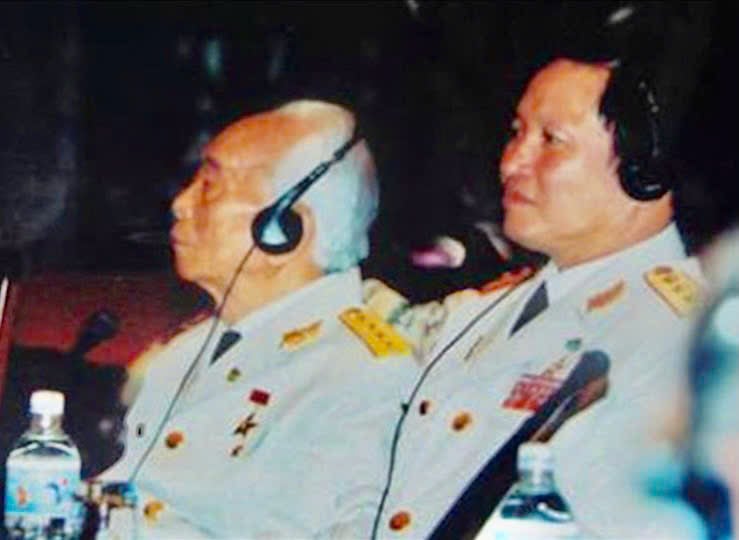
Senior Lieutenant General Nguyen Huy Hieu had the honor of sitting next to General Vo Nguyen Giap when he held the position of Deputy Minister of National Defense.
PHOTO: NVCC
"In the conference with hundreds of scientists from 150 countries and territories, General Vo Nguyen Giap spoke in Vietnamese and French. When the general spoke in French, I was interpreted, but throughout the conference, I only saw the general talking about our country's ethnic groups. The general did not talk about himself, but only talked about the art of people's war and thanked the countries for their support in helping Vietnam win the two resistance wars against France and the US," Mr. Hieu told about his impression of General Vo Nguyen Giap.
The former Deputy Minister of National Defense assessed that the great victory in the spring of 1975 was not only recorded in our nation's history as the brightest milestone in the 20th century, but also a valuable lesson in promoting the strength of national solidarity. To achieve this great victory, first of all, we must mention the leadership role of the Party and President Ho Chi Minh in promoting the spirit of national solidarity.
He believes that in the current period, when the country is entering a new era, the young generation needs to promote patriotism and national spirit to overcome all difficulties.
"Young generations must understand and grasp the culture and history of the country, especially the art of people's war. In particular, young people must master science and technology, master their destiny - that is, they must meet the requirements of integration, master modern technology to protect the Fatherland early and from afar."
Senior Lieutenant General, Hero of the People's Armed Forces Nguyen Huy Hieu, former member of the Party Central Committee (VIII, IX, X terms), former Deputy Minister of National Defense, participated in four major campaigns: Mau Than campaign 1968, Route 9 - Southern Laos campaign 1971, summer campaign 1972 and Ho Chi Minh campaign 1975.
During his military career, he fought in 67 battles. At the age of 26, he was awarded the title of Hero of the People's Armed Forces. At the age of 40, he was promoted to the rank of Major General, the youngest general in our army at that time.
Source: https://thanhnien.vn/cuoc-hanh-quan-1700-km-tien-vao-sai-gon-qua-ky-uc-cua-anh-hung-nguyen-huy-hieu-185250429112714586.htm


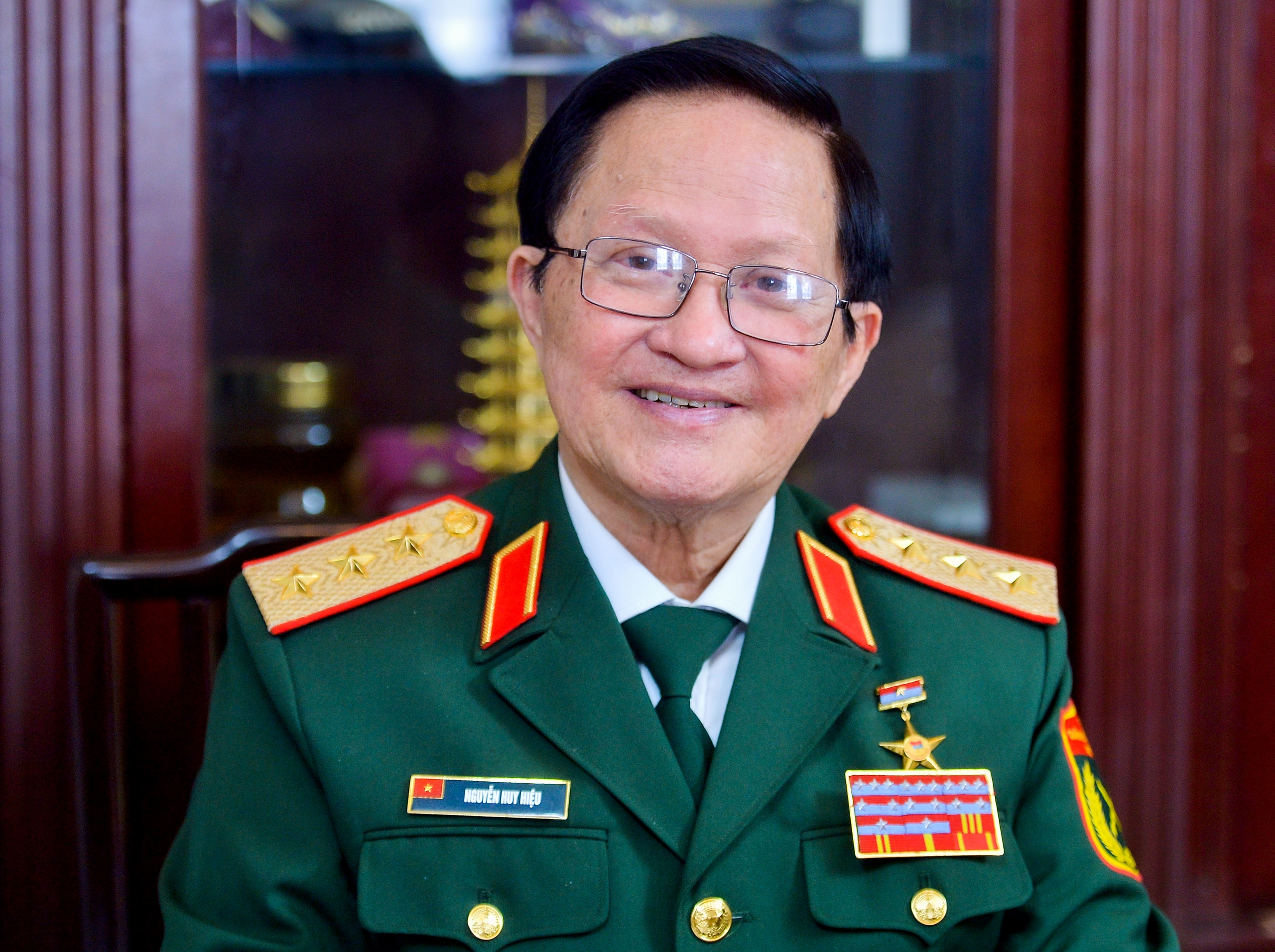

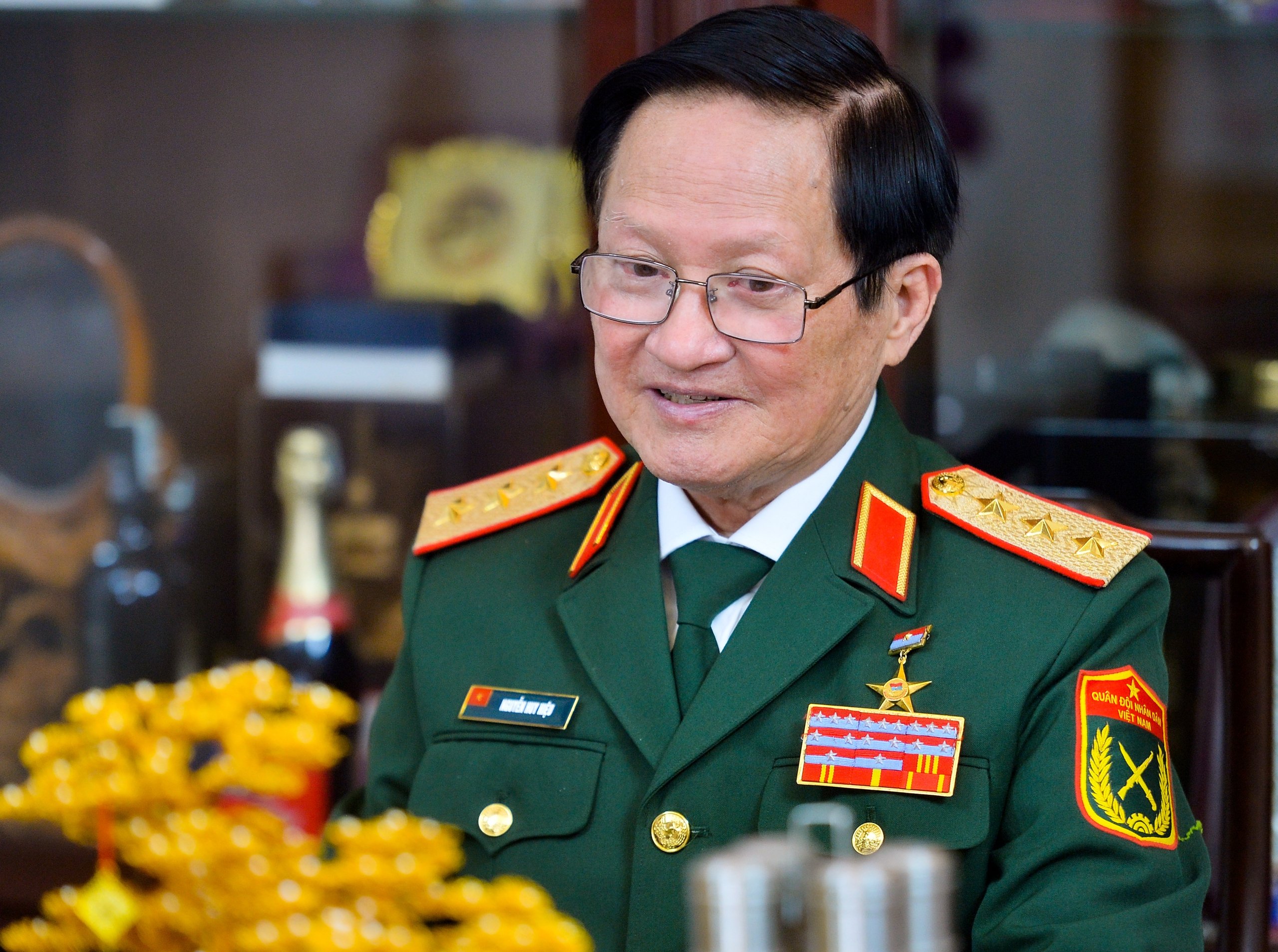
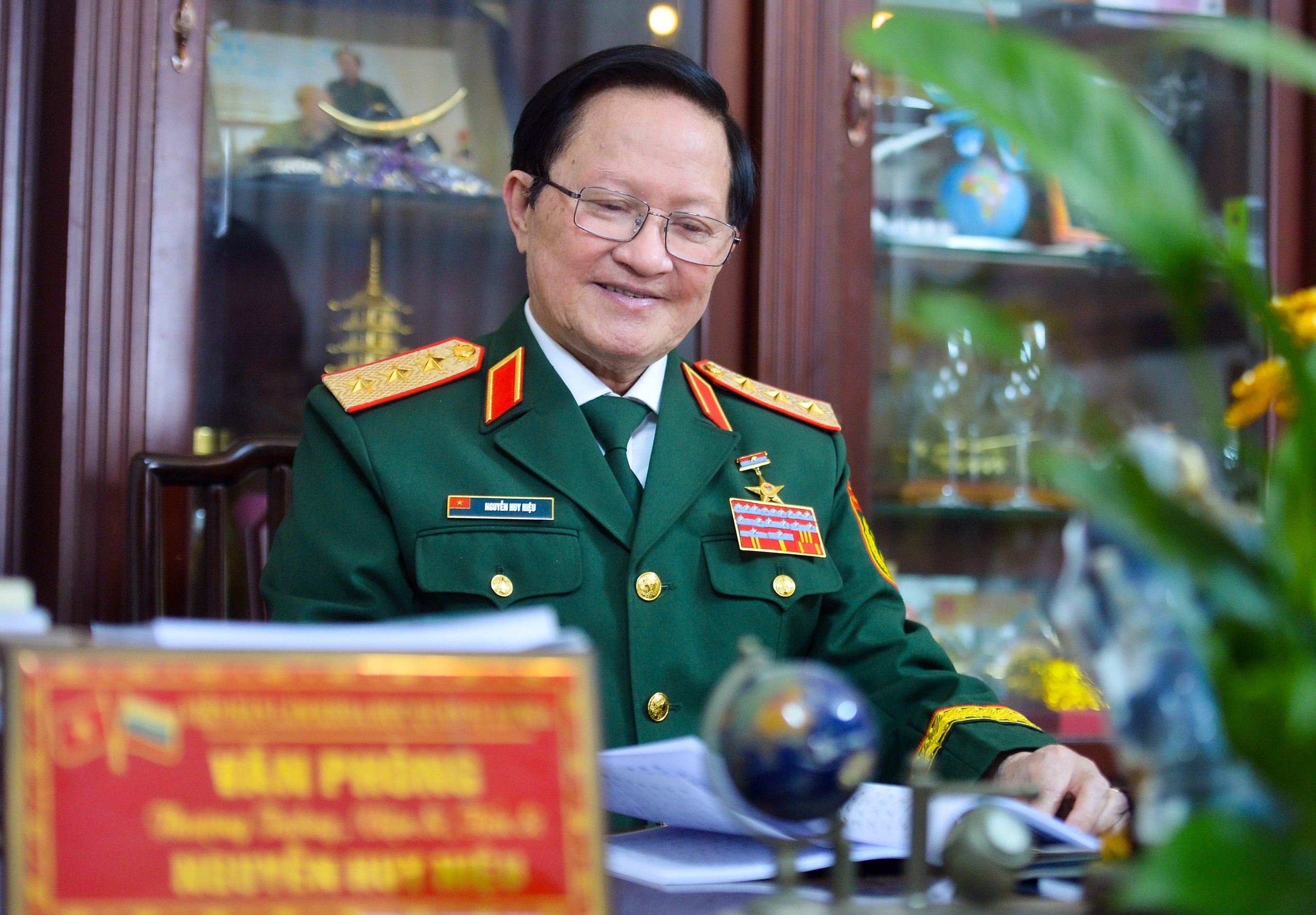
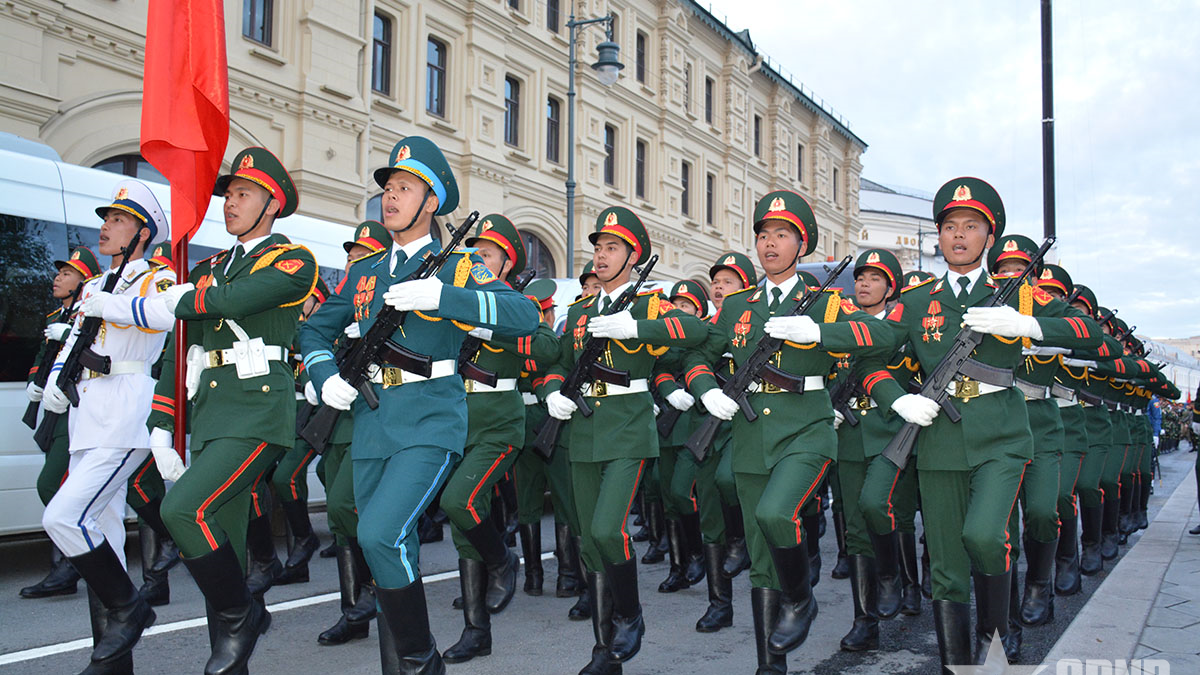
![[Photo] Vietnam shines at Paris International Fair 2025 with cultural and culinary colors](https://vphoto.vietnam.vn/thumb/1200x675/vietnam/resource/IMAGE/2025/5/4/74b16c2a197a42eb97597414009d4eb8)
![[Photo] Bus station begins to get crowded welcoming people returning to the capital after 5 days of holiday](https://vphoto.vietnam.vn/thumb/1200x675/vietnam/resource/IMAGE/2025/5/4/c3b37b336a0a450a983a0b09188c2fe6)
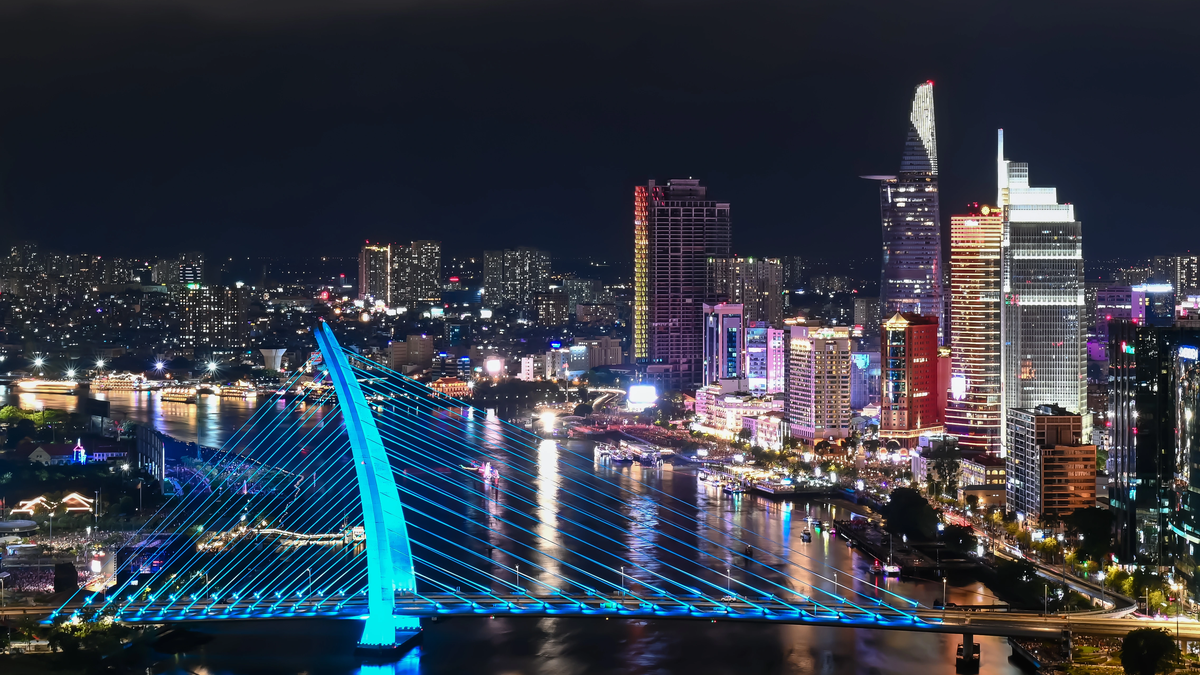
![[Photo] General Secretary To Lam receives Sri Lankan President Anura Kumara Dissanayaka](https://vphoto.vietnam.vn/thumb/1200x675/vietnam/resource/IMAGE/2025/5/4/75feee4ea0c14825819a8b7ad25518d8)
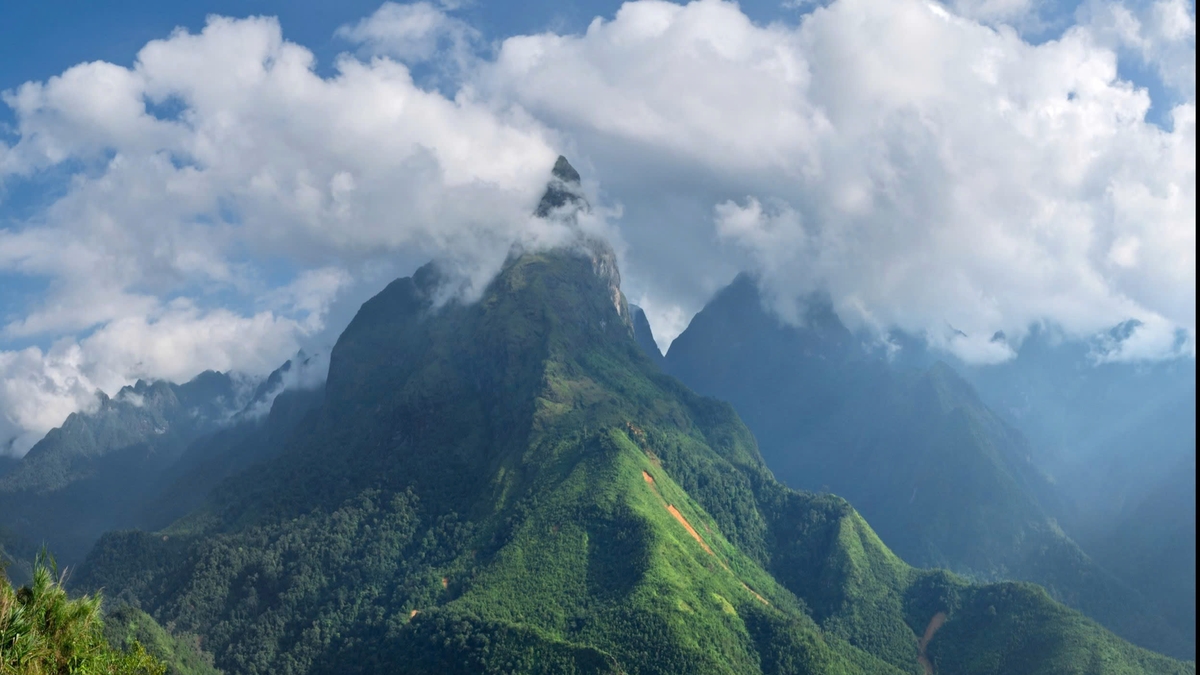

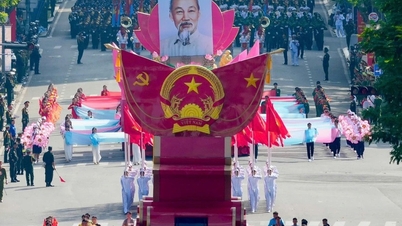
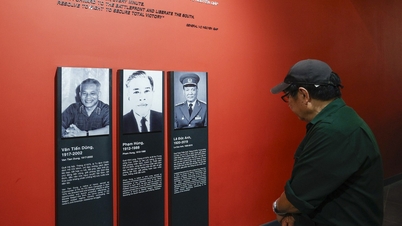

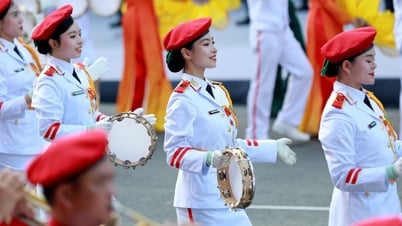
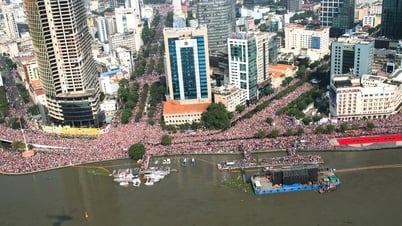




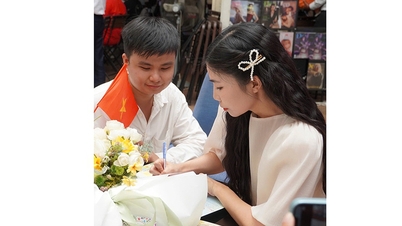

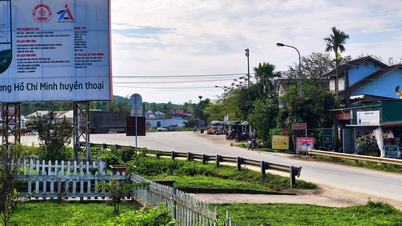
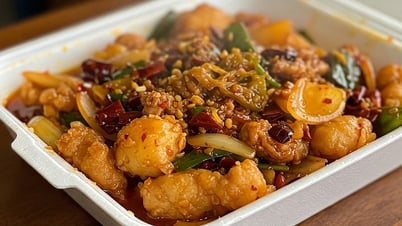





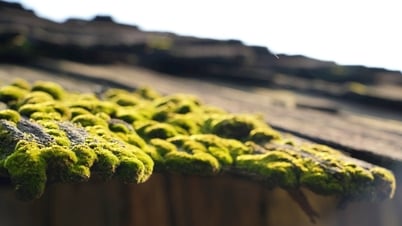





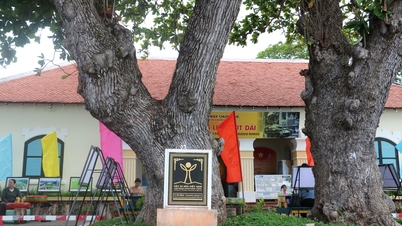

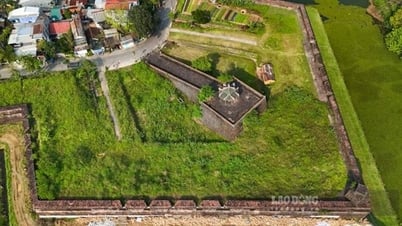

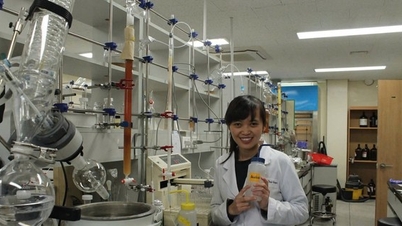


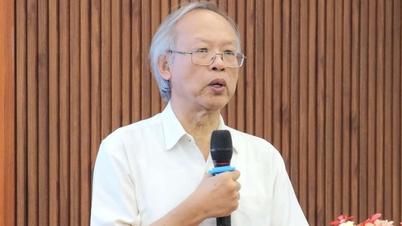

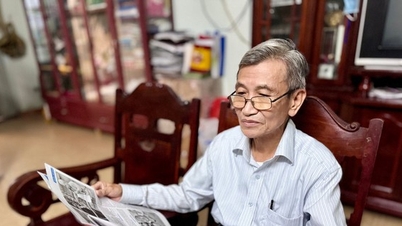
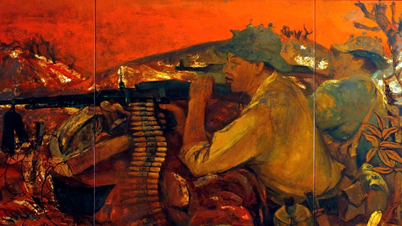

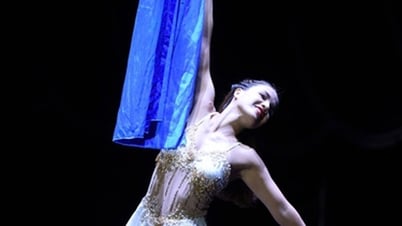

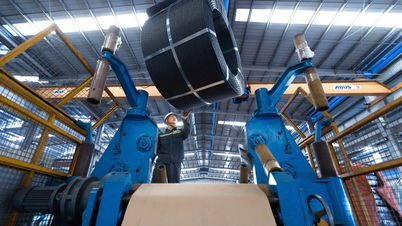
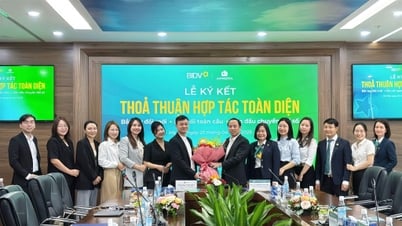

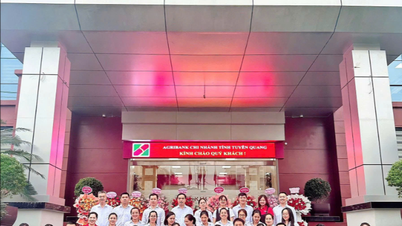


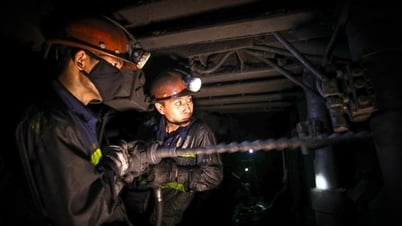




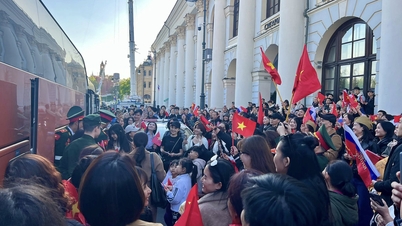


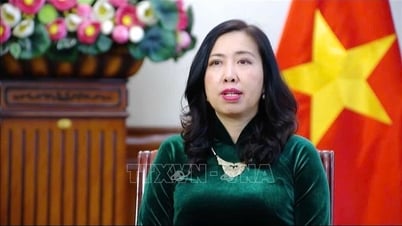




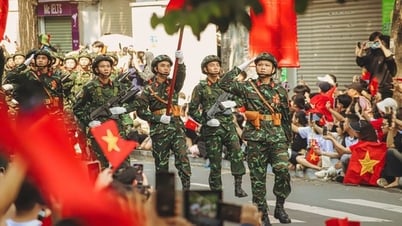

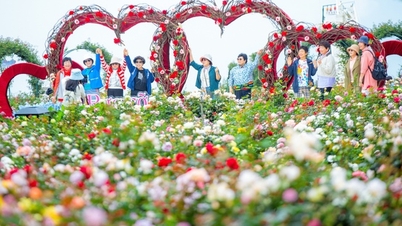
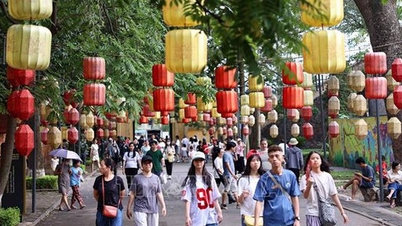
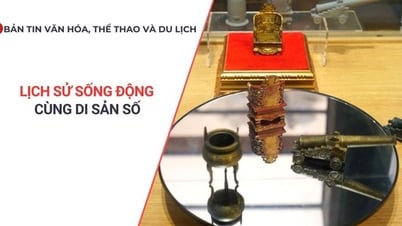





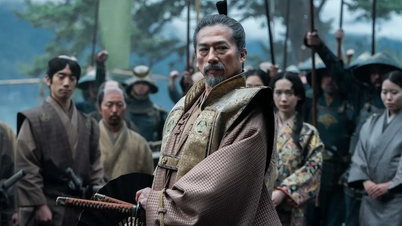


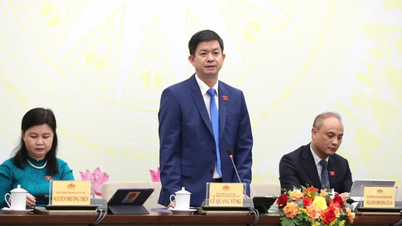







![[Video]. Building OCOP products based on local strengths](https://vphoto.vietnam.vn/thumb/402x226/vietnam/resource/IMAGE/2025/5/3/61677e8b3a364110b271e7b15ed91b3f)

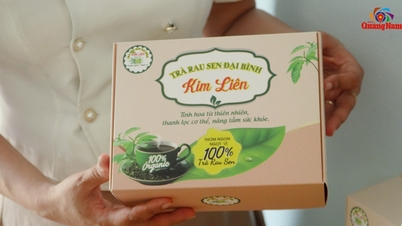

Comment (0)